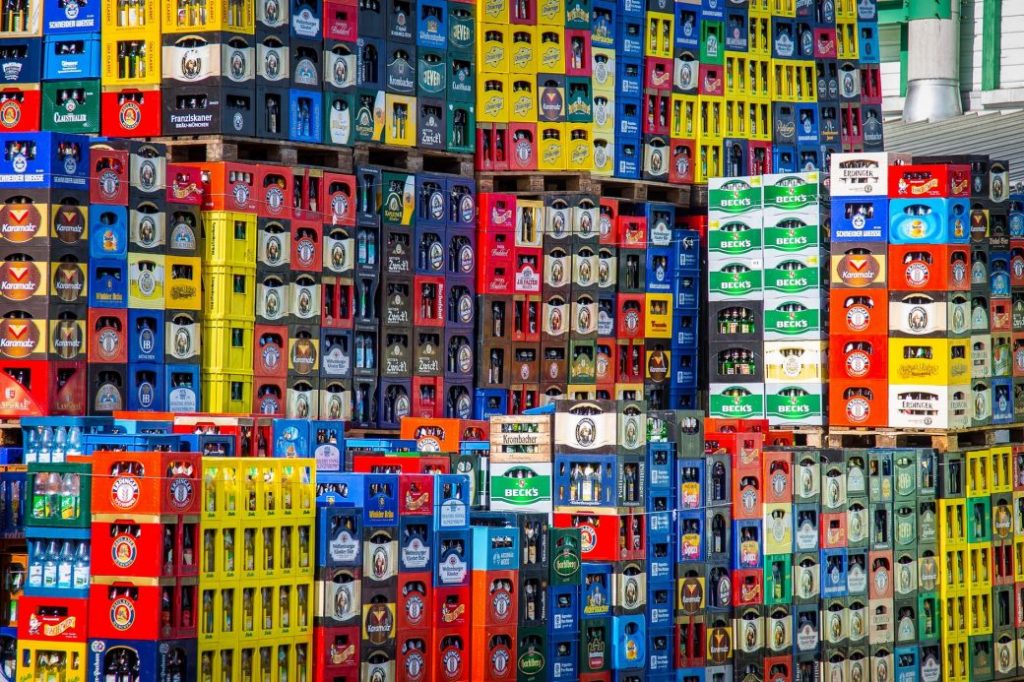
Robots Facilitating Retail
Technological innovations in retail have been widespread across the past decade including the emergence and dominance of e-commerce, shopping apps, social media and more. Robots have recently made a presence in retail helping in the omni-channel area. Retailers no longer just have a store, they sell products through desktop websites, mobile websites, apps, social media and more. When you are ordering sharp mens dress shoes or your chic slides online you don’t want to be kept waiting weeks for delivery. Therefore too keep up with demands and cost pressures retailers must maximise productivity, some have already taken the leap and into employing robots
To survive in the modern age of omni-channel retail, where supply chain reinvention is needed to keep up with pressure from customers with high expectations for fast service, Amazon is ahead in the game investing money into warehouse robots. The e-commerce giant currently has 45,000 robots allocated across 20 fulfilment centers, a 50% growth year over year. Amazon’s robots automate the picking and packaging process at big warehouses, which promotes supply chain efficiency, therefore online shoppers get their product faster.
Increasing labour costs are incentivizing retailers to reduce prices and increase productivity through higher investment in advanced technologies such as robotics, automation and artificial intelligence. In the future, we hope to see additional self-checkouts, self-scanning, chat bots, and autonomous customer support assistants and warehouse programs. Amazon will continue to lead the pack concerning technological innovation.
Retailers in America and UK are grappling with greater labour Costs because of high minimum wage laws, retirement gifts and warehouse employee labour strikes during significant periods like the weeks leading up to Christmas. US retailers also face the burden of medical insurance costs, which are increasing. At exactly the exact same time, some large retailers, such as Walmart, are actively trekking salaries for their lowest-paid employees to maintain and incentivize staff. Retailers are being made to seek out new methods to leverage technology to lower prices and progressively reduce their reliance on human workers.
Some significant areas in which tech are set to take over in retail include:
- Robots: In November 2016, French supermarket chain Auchan declared it is going to trial robots which follow customers in shops, and check and carry out products. Walmart has patented a method of self-driving shopping carts which scan, recover and send goods, in addition to assess stock levels.
- Chatbots: A grow=ing number of retailers are using these automatic customer-service brokers help online shoppers solve standard questions about product recommendations, prices, promotions and accessibility. Ahead of Christmas 2016, Nordstrom established a chatbot on Facebook Messenger to help shoppers choose presents. Chat bots use AI and are becoming more and more advanced and accurate at responding to customer queries.
- Self-scan and self-checkout: self-checkout is not a brand-new concept but is set to become even more advanced as technology improves. Since we note elsewhere in this report, Amazon Move a new convenience store concept which doesn’t have any employees, checkouts or cash registers, and utilizes technology to discover exactly what products clients take away shelves. In the united kingdom, a growing amount of mass-market retailers are embracing self-service checkouts and handsets that allow shoppers to scan their own purchases.
- Warehouse automation: More and more businesses are utilizing robotic systems to boost e-commerce fulfilment. In November 2016, Canadian retailer Hudson’s Bay Company introduced a new robotic distribution-center satisfaction system that’s 12 to 15 times faster than manual handling. The system can find and send a product in a quarter hour, whereas it may have a person 2.5 hours to complete the very same tasks. Back in September 2016, Walmart announced it was analyzing Symbotic’s warehouse program, which uses robots to fall off and recover product instances five times faster than a person could. The machine enables food retailers to reduce labor costs by 80 percent and run warehouses which are 25 percent–40% smaller, saving on property expenses.
- Electronic shelf labels: These allow the merchants to alter costs nearly immediately rather than having to assign shop staff to substitute every ticket by hand. This significantly increases productivity and simplifies a time consuming task.
We will see increased adoption of self-scanning choices within aisles, Particularly at grocery store and mass-merchandise shops, in addition to machines That bag things. Sam’s Club at the US and Sainsbury’s in the united kingdom are already analyzing scan-as-you-shop alternatives. Self-checkout will even spread to more retailers. Chat bots Will be sophisticated and simple to use. More Service robots will be employed to find stock. As artificial Intelligence evolves, the demand for human store assistants will fall. Warehouses will be automatic as online sales keep growing, and distribution facilities will get smaller. Automation could contain more Internet-connected forklifts, drones, voice-activated order-picking options and detectors on trucks. Next time you order those cute kids shoes online or order a trendy pair of womens sneakers, chances are part of your order was put together by a robot.

